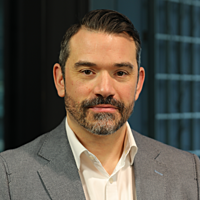Why Chris Judd thinks investors are looking for bubbles in the wrong place
Plenty of investors talk macro. The Cerutty Macro Fund makes it useful. Founder and portfolio manager, Chris Judd, uses big-picture signals to narrow the field to a handful of durable tailwinds, then applies uncompromising bottom-up work to pick stock winners.
The result is a process that is deliberate rather than doctrinaire: macro to focus the hunt; management quality, unit economics and alignment to make the call; and active position sizing that reflects the liquidity regime. It’s the combination - not any single lever – that has driven Cerutty’s 27.6% annualised return since inception (1 June 2023).
“Macro is a way to explain what’s going on in the world, which is really appealing to me”, says Judd.
From there, the discipline shows up in the details. Cerutty maps investable themes (think data-centre capex and the US grid build-out, superannuation flows, water scarcity, manufacturing reshoring) and ignores the daily noise that crowds most inboxes.
It tilts to large caps and higher cash when liquidity is poor and leans into small caps and growth when conditions loosen, without pretending to forecast every turn. The mandate is intentionally flexible so the portfolio can pivot when the world does, but the bar for inclusion remains high: meet the team, test the strategy, verify incentives, and size positions so the best ideas matter.
For Livewire readers meeting Judd for the first time, that’s the essence: a pragmatic, theme-led framework that earns its edge in the bottom-up, and a willingness to act decisively when the macro winds are at its back.
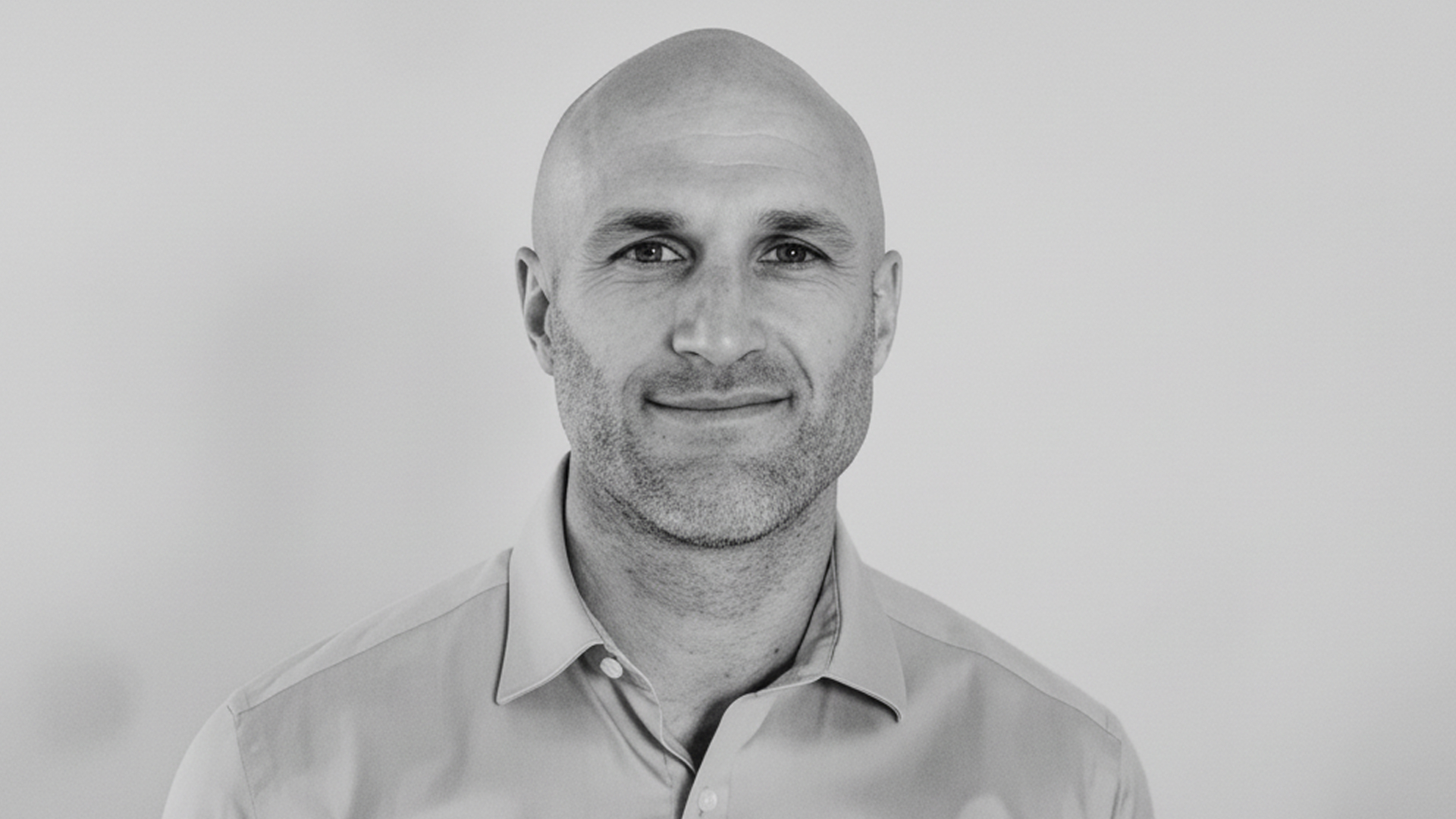
The making of a fund manager
Many of you - certainly the football fans amongst you - would have heard the name Chris Judd before. He is, after all, an AFL premiership player (West Coast 2006) and a two-time Brownlow Medallist.
Judd always envisioned a career in business after football and initially planned to buy or build a business, inspired by the entrepreneurs he admired. But after an abrupt, career-ending injury mid-season, at the tender age of just 31, those plans were brought forward. His first pivot led him to a role as an analyst at a venture capital fund.
“I was fortunate to get that role,” he says, “but after seeing 250 investment opportunities, many of which were appealing to the VC fund and its investor base, there were none that I wanted to write out a cheque for.” The experience proved formative. While venture capital didn’t suit his investing style, it reinforced his fascination with markets - particularly listed equities.
Eighteen months later, Judd took the plunge, renting a small office in South Yarra in Melbourne and managing his own capital. “I was making really good money,” he says, “but I was starting to get a bit lonely.” The turning point came when a family office approached him to manage part of their capital, prompting him to formalise operations and launch the Fund.
Why macro comes first
Despite the name, Cerutty isn’t a traditional macro hedge fund - it’s a long-only strategy that uses macro themes to focus research.
“Macro narrows our workflow. We’ve currently got 12 or 13 themes that we really like, and it stops us from getting distracted by the noise", says Judd.
Here are some of the themes the fund is currently positioned around:
1. Data-centre capex and the AI infrastructure boom
“Everyone talks about AI — we’re less interested in AI itself, but really interested in the electrical grid expansion that needs to occur in the US for them to fulfil their AI dreams.”
Judd points to astronomical levels of data-centre capital expenditure worldwide, and the opportunities this creates for companies servicing the build-out of power, cooling and grid infrastructure.
2. Superannuation flows
“A long-term secular trend that’s really easy to predict.”
3. Water scarcity
One of Cerutty’s best-performing positions to date (discussed below) is tied directly to this theme.
4. Robotics and additive manufacturing
“When Trump talks about increasing manufacturing in the US, he often frames it in economic terms. We see it as a national security issue" says Judd.
Judd believes manufacturing strength is once again becoming a defining source of geopolitical and economic advantage. In a world of fractured supply chains, automation and robotics are key to maintaining competitiveness, resilience, and self-sufficiency. The US, he says, is investing heavily to rebuild its industrial base and reduce reliance on offshore production — trends that will unfold over decades.
“Additive manufacturing, robotics, and reshoring are areas where the winners will be those that can scale efficiently and control their own supply chains.”
5. Ageing demographics
An enduring demographic tailwind influencing healthcare, consumption and fiscal priorities globally.
6. Cost-of-living pressures
Structural inflation and affordability challenges are reshaping consumer behaviour and policy — a theme Judd believes will support certain infrastructure, energy-efficiency and defensive growth names for years to come.
This thematic focus, explains Judd, creates efficiency:
“Once we’ve bought a stock, it has a tailwind, and that’s really important.”
Balancing macro with bottom-up rigour
While macro guides Cerutty’s focus, Judd insists the most important factor is still the management team.
“It’s the most important thing we look at before we make an investment - and daylight is second”, he says.
He admits that his sporting background shapes how he assesses leadership and culture.
“When a team is going well, there’s strong alignment between its competitive advantage and its culture. It’s the same in business", says Judd.
He draws an example from his playing days: “At West Coast, our competitive advantage was running power. Everyone was trying to get heavier to match Brisbane’s size, but we exposed them through running. That alignment of advantage and culture is what you want to see in companies.”
Reading the liquidity pulse
Liquidity is another cornerstone of Cerutty’s process. Judd tracks it through several metrics, including the net liquidity model in the US, which is: US Federal Reserve Balance Sheet - (Treasury General Account (TGA) + Reverse Repo (RRP)).
“When reverse repo’s coming down, that’s good for liquidity. When the TGA’s being spent down, that’s good. And when the balance sheet’s going up, that’s good.”
For those not fluent in Fed-speak: when reverse repo balances fall, it means cash is moving back into markets; when the US Treasury’s main account is being spent down, that’s more money in circulation; and when the Fed’s balance sheet expands, it’s adding fresh liquidity. In short, more fuel for risk assets.
Broader indicators such as money supply growth, the US dollar, and interest rates also inform his outlook.
“We don’t try to be perfect with liquidity,” he says. “Some are finicky. We use broad brush strokes to say, is liquidity good, average or poor?”
Right now, those readings look solid according to Judd. Liquidity is broadly supportive of risk assets. That’s why Cerutty is almost fully invested, with around 5–6% cash, and is leaning into smaller caps and growth names that benefit most from rate cuts and easier conditions.
“Small caps in Australia are incredibly sensitive to rate cuts,” Judd notes. “Once rates started getting cut, small caps got a bid again - there had been no bid for years.”
Portfolio construction and 3 high-conviction ASX names
The Fund’s mandate is deliberately broad - able to invest across geographies, sectors, and market caps. While it has the flexibility to hold up to 50% cash and 20% in a single position, Judd’s current portfolio is 95% invested, with cash around 5%.
“I couldn’t envisage ever being 50% cash,” he says, “but in markets like these, you have to stay nimble.”
Turnover is moderate, averaging one new position per month, with holdings typically sized between 2% and 6%.
Among Cerutty’s strongest performers has been Vysarn (ASX: VYS), a diversified water services company. It's also the fund's biggest holdings.
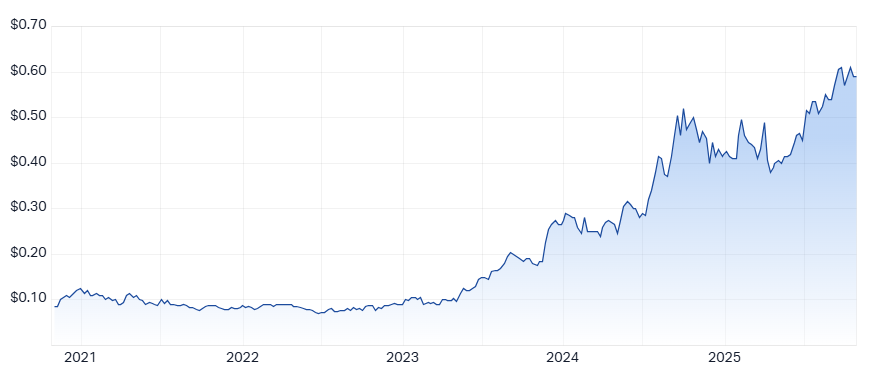
“We love management, and they’re working on a new division called asset management that could be transformational,” he says.
Another name that Judd likes, which is also a significant holding, is Ikegps Group (ASX: IKE). It provides software and hardware solutions for utility companies in the US to monitor their electrical poles, and some telco companies also use its services.
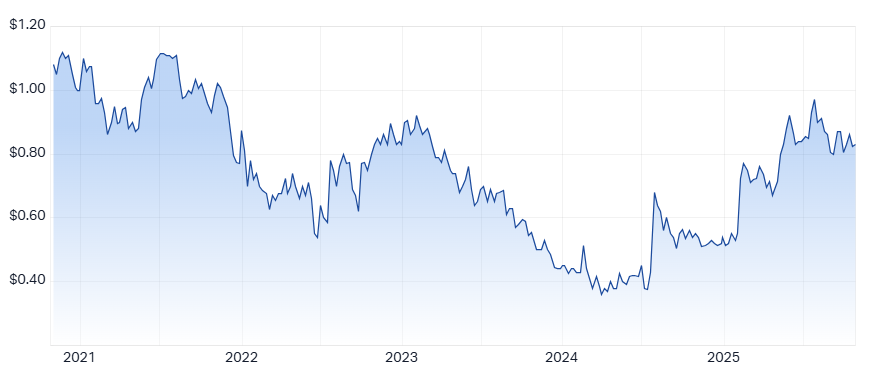
Judd notes that the company is "growing strongly - 37% CAGR - and should be EBITDA breakeven on a run-rate basis during H2 FY26". The stock plays into the US electrical grid thematic.
A more recent addition is MLG Oz (ASX: MLG), a mining services company he describes as a “portfolio construction play.”
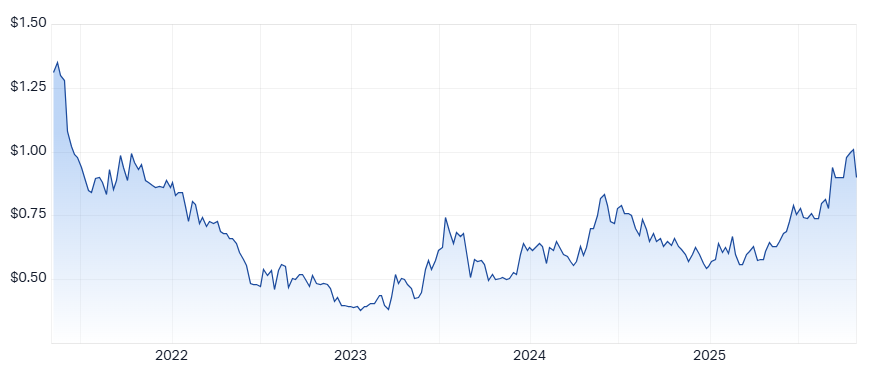
“It keeps our gold exposure but adds stability,” Judd says. “It’s boring, but if stocks go up, they never feel boring.”
What markets are getting wrong
While many investors are bracing for a crash, Judd’s view is more nuanced.
“Everyone’s calling bubbles in equity markets,” he says, “but we think the real bubble has been in the bond market.”
He notes that bond market cycles typically last around 40 years, and believes we may be entering a long unwind of that dynamic.
“We’re open to the idea that what we’re seeing in gold and other scarce assets is an unwinding of that enormous bond bubble,” he says.
“You can have a crash down, or you can have a crash up — when people lose faith in a currency.”
That awareness underscores Cerutty’s flexible mandate, and Judd’s measured optimism.
“We know there will be volatility,” he says, “but with midterms next year and the Fed likely to support stability, it’s unlikely there’s a long-term crash before then.”
4 topics
3 stocks mentioned
